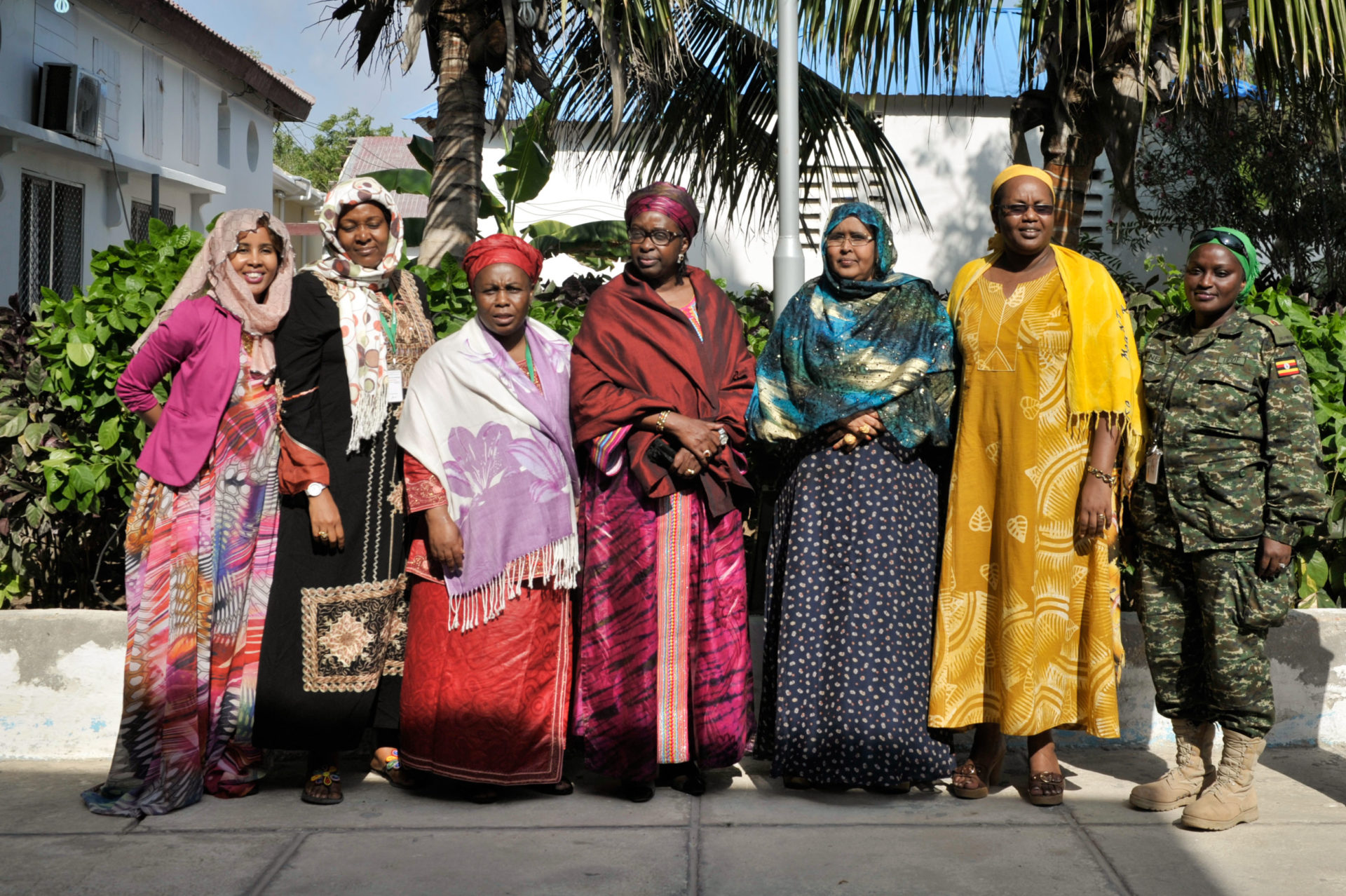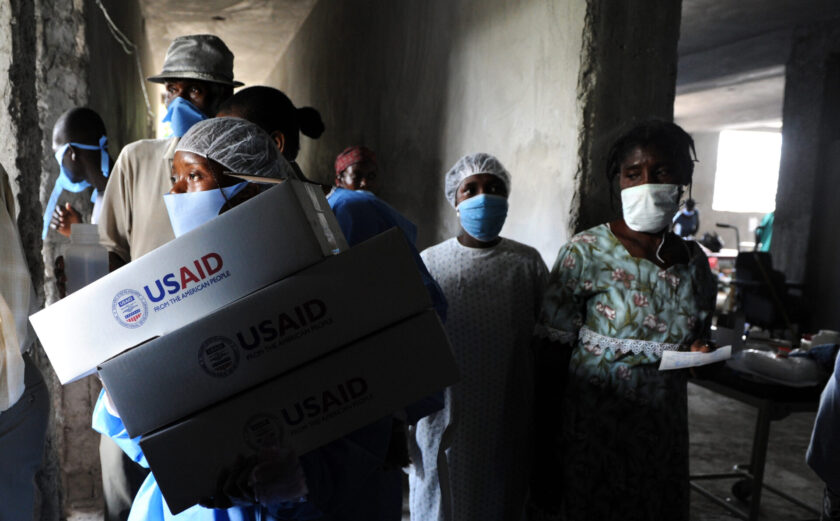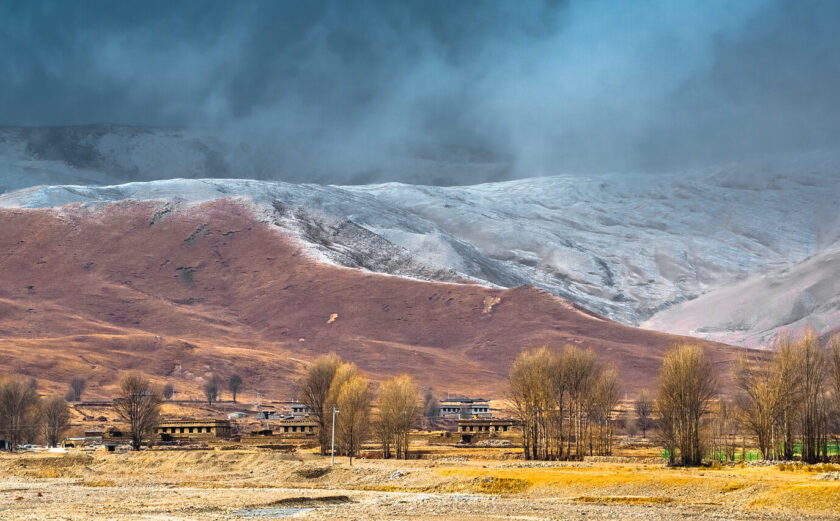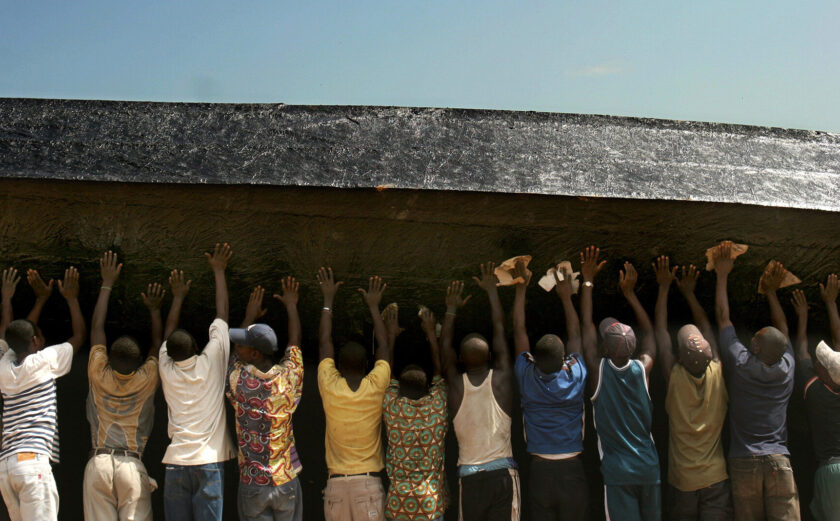
For Lasting Peace, Involve Women In Decision-Making
After more than 50 years of armed conflict that resulted in over 218,000 casualties, nearly 7 million people displaced from their homes, and around 25,000 forced disappearances, the 2016 signing of a peace agreement in Colombia marked a promising new chapter in the nation’s history.
Many believe that the accords point to a new chapter in women’s representation as well. Colombia’s peace agreement is the first of its kind to include a gender subcommittee in its post-conflict plan, mainstreaming gender across all chapters of the agreement. Moreover, women participated in peace talks as negotiators, delegations, and gender advisors, relaying their experiences during the conflict and utilizing their expertise.
While women could have been involved even further in key decisions surrounding the referendum, the emphasis on gender reflects an understanding that conflict exacerbates pre-existing gender inequalities, often leaving a greater share of women displaced than men, allotting them fewer resources, and disproportionately targeting them with wartime tactics such as sexual violence.
For this reason, women’s participation in peace processes and post-disaster recovery is vital in creating and sustaining peace and promoting development. When women are involved in peace processes, there is a 20 percent increase in the probability of an agreement lasting for 2 or more years, and a 35 percent increase in the probability of it lasting 15 years or longer.
In Rwanda, for instance, women have been instrumental in rebuilding and strengthening the nation after the 1994 genocide. They served as judges in Gaccaca courts to facilitate the reconciliation process, and an unprecedented share of women took on leadership positions at the grassroots and national scales at National Women Councils and women’s associations. The civil society organization umbrella organization Pro-Femme Twese Hamwe, recipient of the UNESCO Award for Peace and Tolerance, continues to encourage the Rwandan government to prioritize the women’s involvement in the national development agenda.
Complementing these civil society efforts, legislation is a key driver of gender parity. Government mechanisms in Rwanda, including the establishment of a ministry for Family and Women’s affairs and a department in charge of gender issues at the local and regional level, have ensured that women are actively involved in the reconstruction process. In addition, the Constitution dictates that there must be a minimum of 30% female representatives in decision-making bodies. Rwandan women currently are a majority in the legislature with over 63 percent of seats in the lower house.
In 2000, the UN Security Council officially recognized the importance of such representation, creating resolution 1325 to ensure increased female participation in peace talks. Between 1992 and 2011, however, only 9% of negotiators at peace tables and a meager 4% of peace agreement signatories were women. In nations affected by conflict, women occupy 18.7 percent of parliament seats, four percentage points below the global average.
The lack of women’s representation goes beyond these national contexts. Indeed, gender equity is not always emphasized during conflicts and natural disasters. Currently, about 1 percent of funding to fragile states goes to women’s groups. Furthermore, leaders who address conflict, security, peacebuilding, and disaster response are overwhelmingly male. In fact, between only 15 and 25 percent of UN field missions have been headed by women since 2011.
The development and humanitarian assistance community must continue to address the acute need for gender equity in decision-making and gender mainstreaming both outside of and within organizations. It is time to make women’s leadership during times of conflict and disaster—and during times of stability—a norm.





